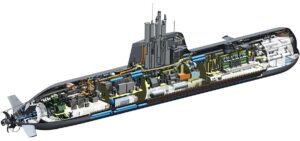
The Dragon Rises: Israel launches its most advanced submarine ever
It’s air‑independent air‑independent propulsion system allows it to remain submerged for weeks, dramatically increasing stealth and survivability.

It’s air‑independent air‑independent propulsion system allows it to remain submerged for weeks, dramatically increasing stealth and survivability.
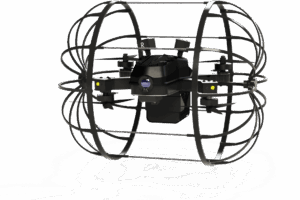
European special forces and NATO soldiers have received dozens of units for intervention missions. By Hezy Laing Israel’s defense startup Robotican, founded in 2013 in
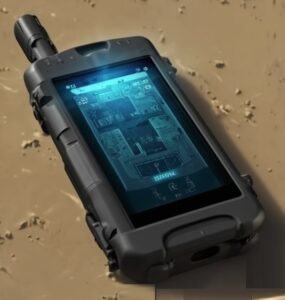
Encrypted smartphones ensure secure communication across every level of command.

Traditionally, the IDF relied on single drones or small units operating independently, but this limited flexibility.

Israel’s ability to launch a revenge strike from beneath the sea ensures that no enemy can gamble on a successful first strike.

Surrounded by enemy’s Israel has invested heavily in early warning systems to detect attacks before they materialize.

In recent years, Europe has faced a surge in unauthorized drone activity, forcing governments to seek advanced solutions.

Unlike traditional cruise missiles, Rampage is lighter, faster, and cheaper, yet still offers deep strike precision.

The USA, Russia, China, and several European nations have all attempted to develop high-energy laser weapons, but failed.
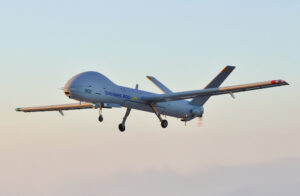
The IDF is widely recognized as having one of the most extensive and sophisticated drone arsenals in the world.
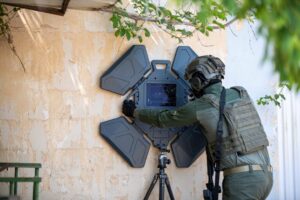
Traditional surveillance tools fail to penetrate walls, leaving forces blind in critical scenarios.

The trebuchet’s use was symbolic of adaptive warfare, where ancient tools find relevance in modern conflicts.

Unlike lasers, which require precise targeting and line-of-sight, microwaves can simultaneously neutralize many targets, over a wide area.

Instead of identifying 50 terrorists a month – the IDF can now identify a hundred a day.

Israeli arms exports hit a record $14.8 billion in 2024, with a whopping 54% of those exports going to European countries.

An Israeli reconnaissance micro-drone played a key role in locating and eliminating Hamas leader Yahya Sinwar.

This method reflects a highly sophisticated level of signal intelligence and targeting capability.

This groundbreaking development marks a significant leap in battlefield technology, blending aerial mobility with direct firepower.
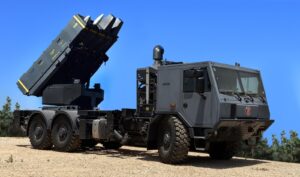
SPYDER’s popularity stems from its balance of cost-effectiveness, combat-proven reliability, and adaptability.
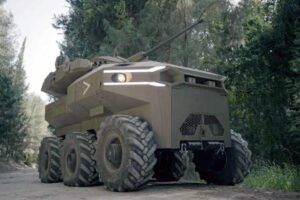
Military experts highlight the ROBUST’s agility, survivability, and ability to reduce soldier exposure in high-risk zones.